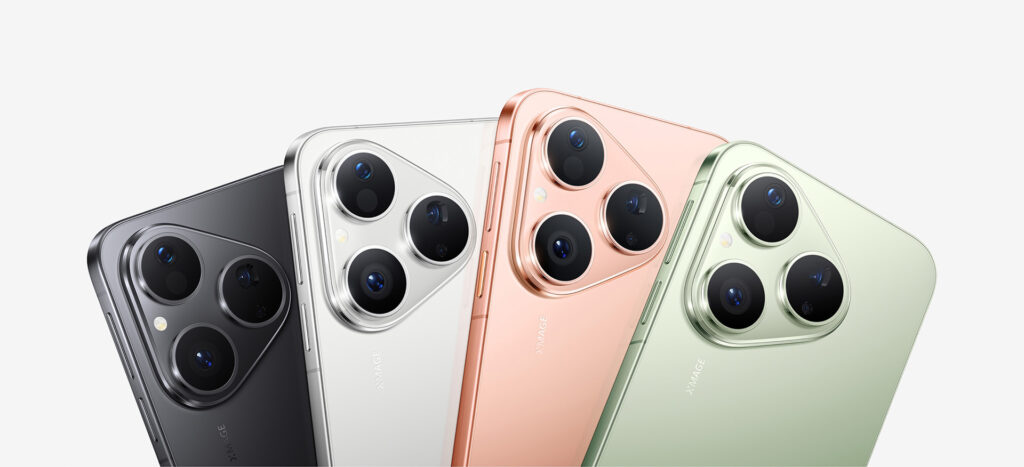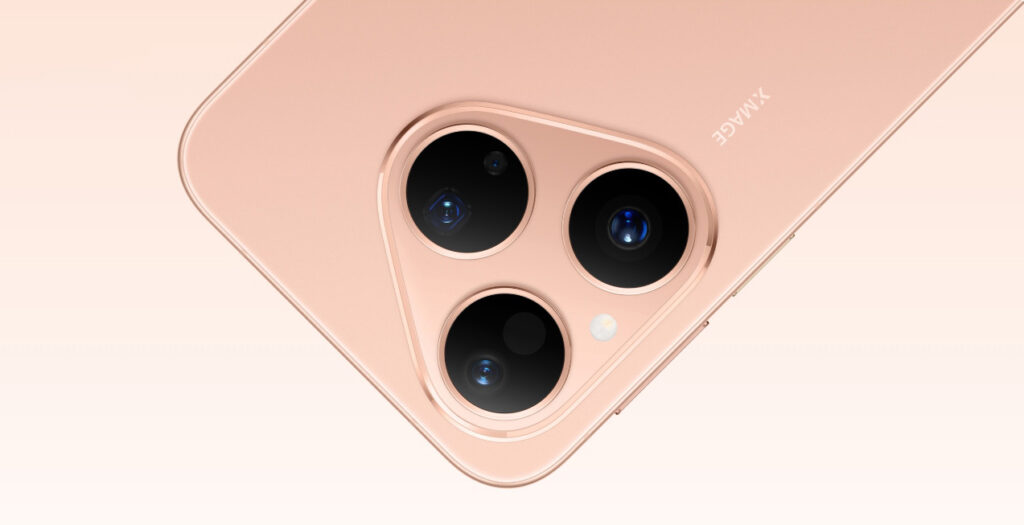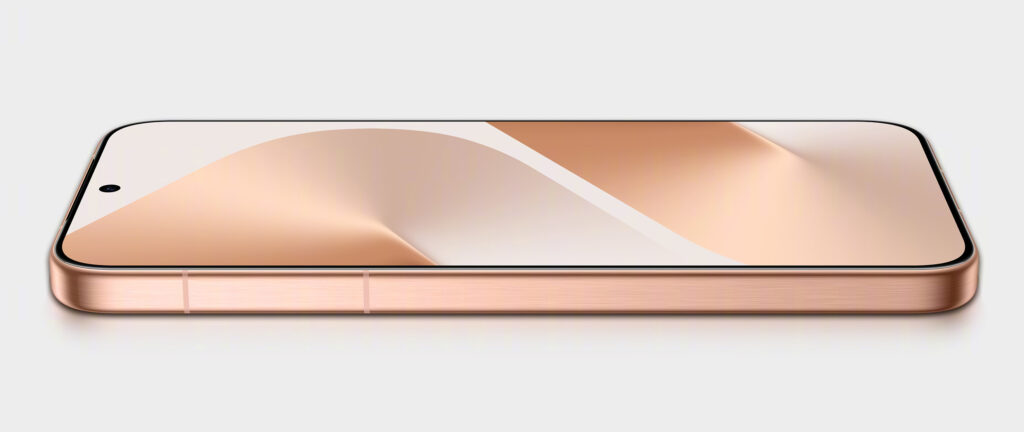
Huawei Pura 80 Digital Edition, as Huawei’s straight-screen flagship phone launched in 2025, has become the focus of the mid-range market with its well-balanced configuration and affordable price.
In terms of design, the Pura 80 Digital Edition features sharp right-angled bezels paired with a velvet glass body, available in four color options: Velvet Black, Velvet White, Velvet Green, and Velvet Gold, combining fashion with a premium feel. For the screen, it is equipped with a 6.6-inch OLED straight display that supports a 1-120Hz adaptive refresh rate, 1440Hz high-frequency PWM dimming, and second-generation Kunlun Glass, ensuring both smoothness and eye protection while enhancing drop resistance by 20 times.

Regarding performance, the Pura 80 Digital Edition is powered by the Kirin 9010S chip, which achieves a balanced performance and power consumption control. Coupled with HarmonyOS 5.1, it enables seamless multitasking and optimized smart interactions. The imaging system is a major highlight, featuring a rear quad-camera setup consisting of a 50-megapixel Ultra聚光 (Super Light-Gathering) main camera with OIS optical image stabilization, a 12-megapixel periscope telephoto lens, a 13-megapixel ultra-wide lens, and a 1.5-megapixel multi-spectral Red Maple Primary Color sensor. It supports features like AI Dynamic Photos and Personalized Color Palettes, meeting all-scenario shooting requirements.
In terms of battery life, the device houses a large 5600mAh battery, supporting 66W wired fast charging and 50W wireless fast charging. When fully charged, it can continuously play 23 episodes of a TV series and still have 56% battery remaining. Additionally, it offers practical features such as IP68/IP69 dust and water resistance, Beidou satellite messaging, and StarFlash technology, further enhancing the user experience.

What are ESD components, and what is their importance in mobile phones? The significance of built-in ESD components.
ESD components are specialized electronic components designed to protect electronic devices from the effects of electrostatic discharge (ESD). Electrostatic discharge is a sudden release of electrical charge that can potentially damage electronic devices, leading to device malfunctions or a shortened lifespan. ESD components are designed to absorb, conduct, or dissipate electrostatic discharges to prevent damage caused by static electricity.
In mobile phones, the primary role of ESD components is to protect the internal electronic components from the harm caused by electrostatic discharge. Various circuits and components inside the phone are highly sensitive to ESD, which is why multiple ESD components are typically used in the phone’s design to provide protection. These components may include diodes, ESD diode, MOSFET and more.
Specifically, ESD components in a mobile phone may serve the following purposes:
Interface Protection: Various interfaces of the phone, such as the charging port and headphone jack, may require ESD components to prevent damage from electrostatic discharge.
RF Circuit Protection: RF circuits in mobile phones are highly sensitive to ESD and require ESD components to safeguard these critical circuits.
Processor and Memory Protection: Processors, memory, and other crucial components in the phone also require ESD protection to ensure the device’s normal operation.
Touchscreen and Display Protection: The touchscreen and display are integral parts of a mobile phone that also require ESD components to prevent static electricity damage.
In summary, ESD components play a crucial role in protecting the internal electronic components of a mobile phone from damage caused by electrostatic discharge, ensuring the phone’s proper operation and longevity.